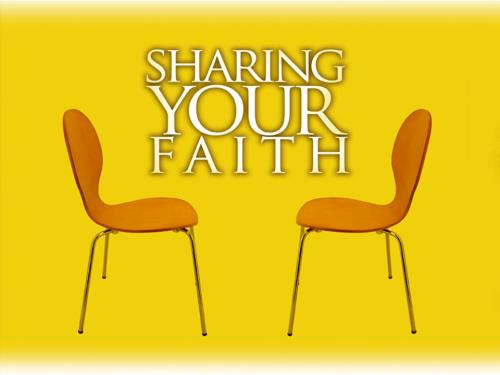-
Where Do You Stand? Series
Contributed by Boomer Phillips on Mar 25, 2022 (message contributor)
Summary: This message looks at how our heart is like soil into which the gospel is planted, and we must be certain that our soil is fertile and ready to receive the Word. Otherwise, we will wither in our relationship with God; or worse, we will perish.
I have entitled our message, “Where Do You Stand?” This morning, as we look at what’s called the “Parable of the Sower,” we’re going to see how Jesus talks about four different soils, or four different types of spiritual ground, on which people may stand in relation to God. Something challenging we will learn today is that some soil might “appear” to be fertile, but that doesn’t mean it really is.
In looking for an illustration, I stumbled across a gardening article; one that was “not” from a Christian perspective. This article spoke of how people were growing amazing and healthy looking tomato plants, but these plants were not producing tomatoes. The gardeners were making sure that their soil was super rich and beautifully dark by adding extra compost and fertilizer, something you would expect to lead to beautiful tomatoes; but their plants wouldn’t produce tomatoes in this apparently fertile soil, because the acidity level was too high. It was noted in this article that the reason why the tomato plants looked incredibly thick and healthy was because they were enjoying unusually rich soil; and that by kicking back and enjoying this abnormal abundance, these tomato plants had forgotten their true purpose to produce fruit.
Commentator Warren Wiersbe tells us of our passage that “this parable helped the disciples understand why Jesus was not impressed by the large crowds that followed Him. He knew that most of them would never produce fruit from changed lives, because the Word He was teaching them was like seed falling into poor soil.”(1) We will learn this morning that our hearts are as soil into which the gospel message is planted, and we must be certain that our soil is fertile and ready to receive the Word; otherwise, we will wither in our relationship with God, or even worse, we will perish without Christ.
The Parable of the Sower (vv. 3-8)
3 Listen! Behold, a sower went out to sow. 4 And it happened, as he sowed, that some seed fell by the wayside; and the birds of the air came and devoured it. 5 Some fell on stony ground, where it did not have much earth; and immediately it sprang up because it had no depth of earth. 6 But when the sun was up it was scorched, and because it had no root it withered away. 7 And some seed fell among thorns; and the thorns grew up and choked it, and it yielded no crop. 8 But other seed fell on good ground and yielded a crop that sprang up, increased and produced: some thirtyfold, some sixty, and some a hundred.
Here we are presented with the “Parable of the Sower,” however, there is no immediate interpretation provided. Jesus later shares an explanation in verses 14-20; but before we look at His interpretation, let’s think about the agricultural practice of sowing seed, and how that was done in the Middle East.
Notice first of all how we learn that seed landed in many different places. Some fell by the wayside, some on stony ground, some among the thorns, and some on good ground. So, why would the farmer cast his seed in some of these bad places where it couldn’t grow? When sowing seed, “Palestinian farmers simply carried a container full of seed and broadcast this seed with their free hand.”(2) How many of you have ever broadcast seed by hand? You have probably noticed that when the wind blows, it’s difficult to control where the seed lands; and it’s almost impossible on an extremely windy day. This is the reason why the seed fell in many different places.
When the sower scattered his seed, it fell on different types of ground. It is said that “there were paths that ran through the unfenced fields, and in those places the ground was beaten down so that it was too hard to receive seed . . . There were rocky places where the limestone bedrock was just beneath the topsoil, or where the rocks had worked through, and the seed could not take root because of the rocks. Any seed that started to grow in the shallow soil soon withered in the intense heat and died because it could not sink roots. Other seed fell under the thorns of hedgerows which took the moisture and grew up, choking the seed that had fallen among the thorns.”(3)
We read how the seed that landed by the wayside was devoured, and the seed that fell on fertile ground was not eaten at all. This seed by the wayside was exposed and visible to the birds, because it had not been covered by the topsoil. But isn’t seed that lands anywhere subject to being eaten by birds?
There were two methods in the Middle East for preparing the ground and sowing seed. The Egyptians plowed the ground first and then sowed the seed on top of the plowed soil. The ground that the Egyptians prepared was not the “wayside” mentioned here in our parable; however, it represents a farming technique where there would have been a problem with birds landing to devour the seed. The Palestinian farmer, on the other hand, would sow his seed first and then plow, thereby working the seed into the soil for protection and germination.(4) The Harper’s Bible Dictionary says, “This [Palestinian] practice is apparently presumed in Jesus’ parable of the sower.”(5)

 Sermon Central
Sermon Central



